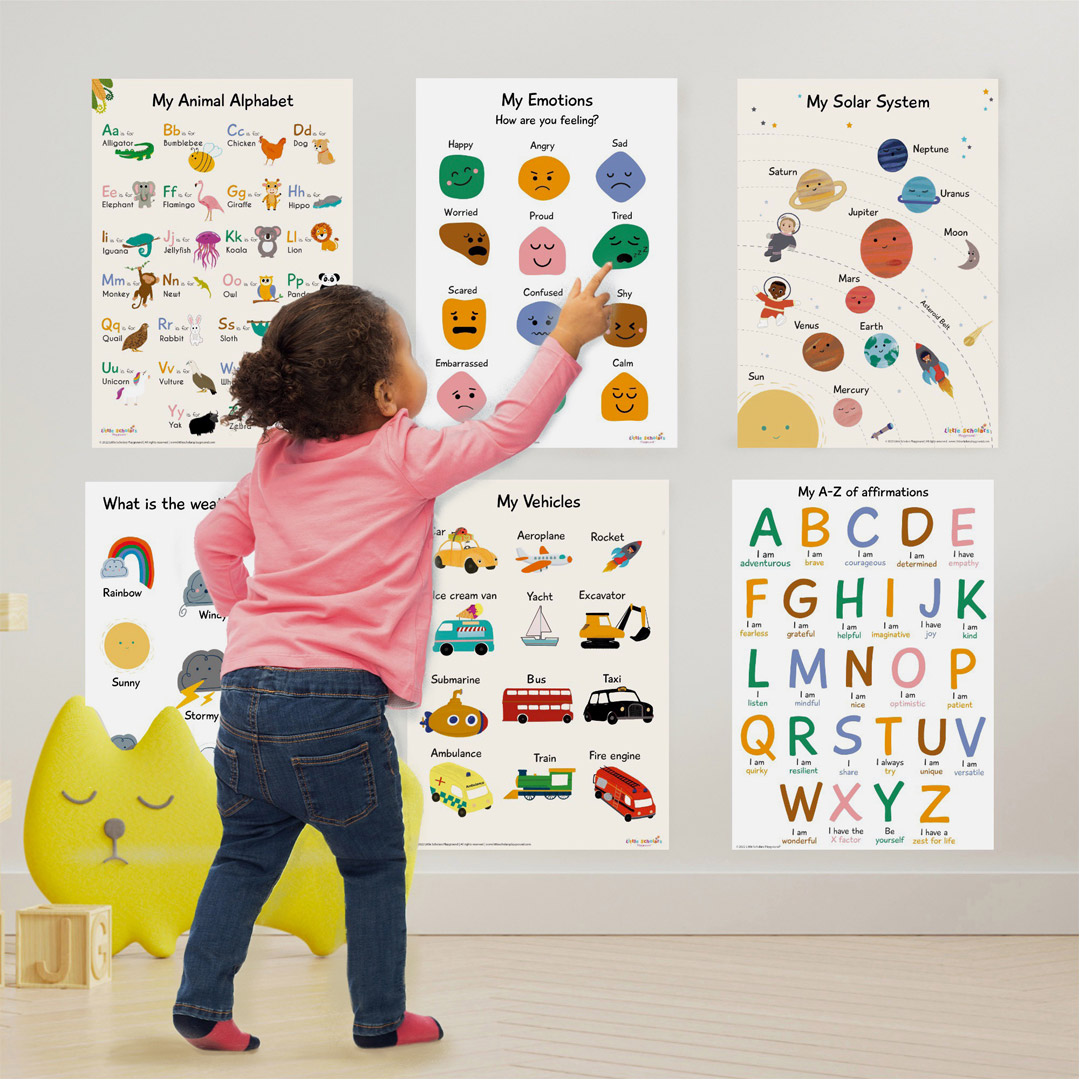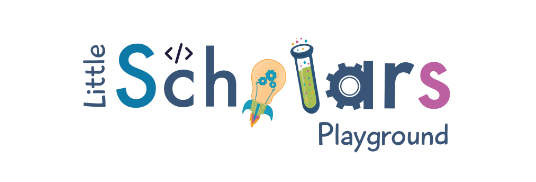The benefits of educational posters
Estimated reading time: 3 mins

What do you remember about nursery and primary school? The colour, posters and artwork on the wall, right? This is because young children are visual learners. All the displays and posters on the wall are not just to make the classroom look pretty, but to aid in a child’s learning. Children’s brains absorb visual information MUCH faster than text. Therefore educational posters shouldn’t just be confined to the classroom, but should also be displayed in the home. Educational posters displayed in the home will help to support your child’s development and help them become the little scholar they can be.
Nelson Mandela stated that “Education is the most powerful weapon which you can use to change the world”. And he was totally right. A good education can be life-changing and create astonishing results. Knowledge is essentially power!
Nelson Mandela
Below are some of the key reasons why educational posters are beneficial for children:
- 65% of people worldwide find visual learning more effective, therefore a poster is one of the best ways to do that
- Posters help to focus and motivate children to learn
- It’s an effective way to catch and hold the attention of young children, as well as helps to maintain their interest in a particular area
- They are convenient both for children and parents/teachers, as they help them to absorb the information MUCH faster
- By having posters in your home/classroom, you provide constant learning for children as it’s always there.
High quality bundle of 6 educational posters for children. The bundle includes; animal alphabet, emotions, A-Z of affirmations, vehicles, weather and solar system. Our posters can be purchased here.

Shop our bundle of 6 educational posters here
So why are our posters great for young children?
- They provide simplicity, so they’re easily understood by children at a glance
- They have minimum words, which are effectively presented with eye-catching colour and illustration
- Each poster is appropriate for the topic at hand and the images correspond well to the subject matter
- They’re designed very well, they’re not only attractive with bold colours and lovely illustrations, but they’re of the perfect size for content to be easily absorbed by young children.
Here at Little Scholars Playground, we’re firm believers in the benefit of having posters around the home and in the classroom. So whether you’re a teacher, home educator or simply a parent keen on extending your child’s education at home, then we hope that this blog encourages you to incorporate more visual stimulation into your home and classrooms. Our posters can be purchased here.
Natalie
Little Scholars Playground
info@littlescholarsplayground.com

About the Author

Natalie is the co-founder and illustrator at Little Scholars Playground. She is passionate about literacy, learning, illustrating, black women in STEM and Montessori.





